“Ok, let’s go.” With those three words, General Dwight D. Eisenhower, Supreme Commander of the Allied Expeditionary Force, set in motion Operation Overlord, the invasion of Normandy. Three Allied Airborne Divisions would spearhead the invasion and it was feared that 50-75 percent of these men would become casualties within the next 24 hours. At around 1900 hours on June 5, 1944, Eisenhower arrived at Greenham Common to visit some of the men whom he knew would never see another dawn.
A rumor was quickly spreading amongst the 101st Airborne Division encampment that the visiting entourage was Betty Grable’s. Paratroopers with burnt-cork blackened faces and full battle dress were streaming out of tents and into company streets, hoping to catch a glimpse of the blonde bombshell. Among them was 1st Lt. Wallace Strobel, a platoon leader in E Company, 502nd Parachute Infantry Regiment. Meeting Miss Grable would be a bright spot in an otherwise gloomy 22nd birthday for Strobel.
As it so often is in the military, the rumor mill was wrong. Instead of the Hollywood starlet, Strobel met Eisenhower, and the photograph snapped of their meeting has become one of the most iconic wartime images of the famous general. Strobel is easily distinguished in the photograph by the cardboard sign around his neck that designated him jump-master aboard “Chalk 23.”
General Eisenhower asked Strobel where he was from. When Strobel said “Michigan," Ike steered the conversation towards fishing. Then he asked the young officer if he felt properly briefed and prepared for the upcoming operation. “Yes, Sir," said Strobel. Eisenhower wished him luck and with that, moved on.
A few hours later, Strobel was cutting himself out of his parachute harness after landing in a tree several miles from his designated drop zone in Normandy. Over the next few weeks, with more pressing matters at hand, Strobel forgot all about meeting Eisenhower. It wasn’t until Strobel was in a rear area, perusing the pages of a crinkled copy of Time magazine, when he saw the photo and remembered. It was a grainy image, but Strobel was certain he was in it because he recognized the cardboard “23" he wore around his neck on the eve of the invasion.
Strobel soldiered on, participating in Operation Market Garden and the Battle of the Bulge. He survived the war, and in 1952 briefly met Ike again during his presidential campaign. Until his death at the age of 77 in 1999, Strobel regularly received telephone calls and mail regarding the famous photograph.
Several years ago, Strobel’s M1911A1 .45 caliber pistol and a haul of German pistols he captured were donated to The National WWII Museum by his son. Unfortunately, there was no documentation on the provenance of the artifacts other than that Strobel returned home with them after the war. The exact when, where, and how he acquired them may be lost to history. However, I do have a theory of when, where, and from whom Strobel may have captured the pistols.
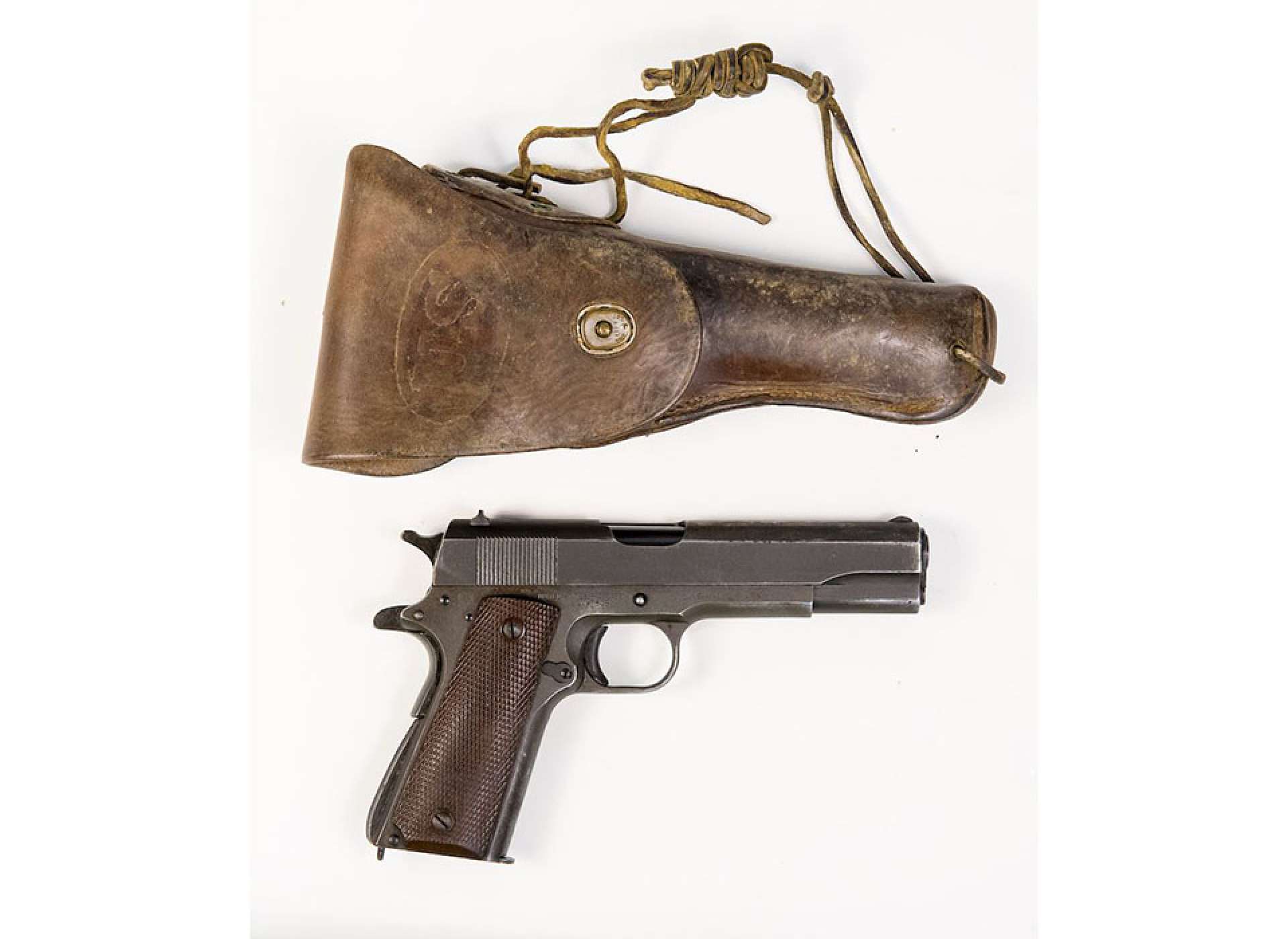
Wallace Strobel's M1911A1., Gift in Memory of Wallace C. Strobel, 2016.189.001
The M1911A1 is USGI issue, and the holster looks like it may have been rigger-modified by the addition of a “lift the dot” closure on the flap. The modification would have been an added security measure to secure the pistol during the violent opening shock of a parachute jump. Also, as an officer, Strobel was definitely authorized a sidearm, and while not pictured on his person in the famous photograph, it is presumably one of the weapons he jumped into Normandy with.
The trio of German firearms consists of a P08 Luger (every GI wanted a Luger), a Walther P38, often referred to by GIs as, “one of those new Lugers," and a Czechoslovakian CZ27 made under Nazi occupation. Germans were pretty liberal with the issue of pistols compared to the US Military, and these three pieces were fairly common sidearms amongst the German ranks. Even the lesser known CZ27 was produced in numbers greater than half a million during World War II. The details I find most intriguing, though, are the accompanying brown leather holsters with each of them.
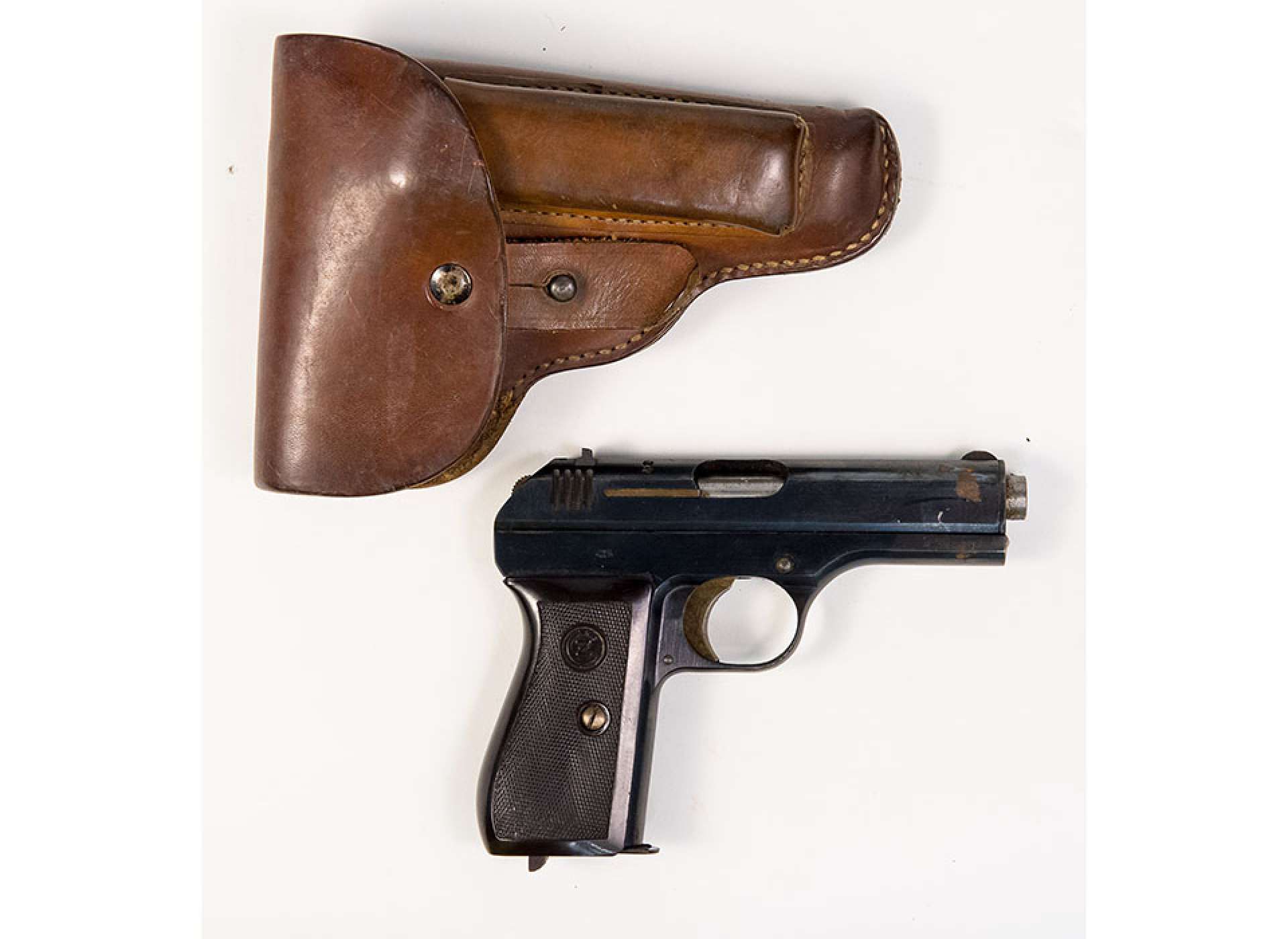
CZ27 captured by Wallace Strobel., Gift in Memory of Wallace C. Strobel, 2016.189.002
The German Army and the Waffen SS generally issued black leather goods, whereas the Luftwaffe issued brown. Of course, there are always exceptions.The Germans were losing the war, and whatever gear was available was often the gear issued to a soldier, regardless of branch of service.
But just to play devil’s advocate here, German Paratroopers were part of the Luftwaffe, and without a doubt some of the best soldiers the US Army ever faced. In Normandy, the 101st Airborne Division fought two battalions of the 6th Fallschirmjäger Regiment during the Battle of Carentan, on June 11-12, 1944. This could be the place where Strobel picked up one or more of these pieces.
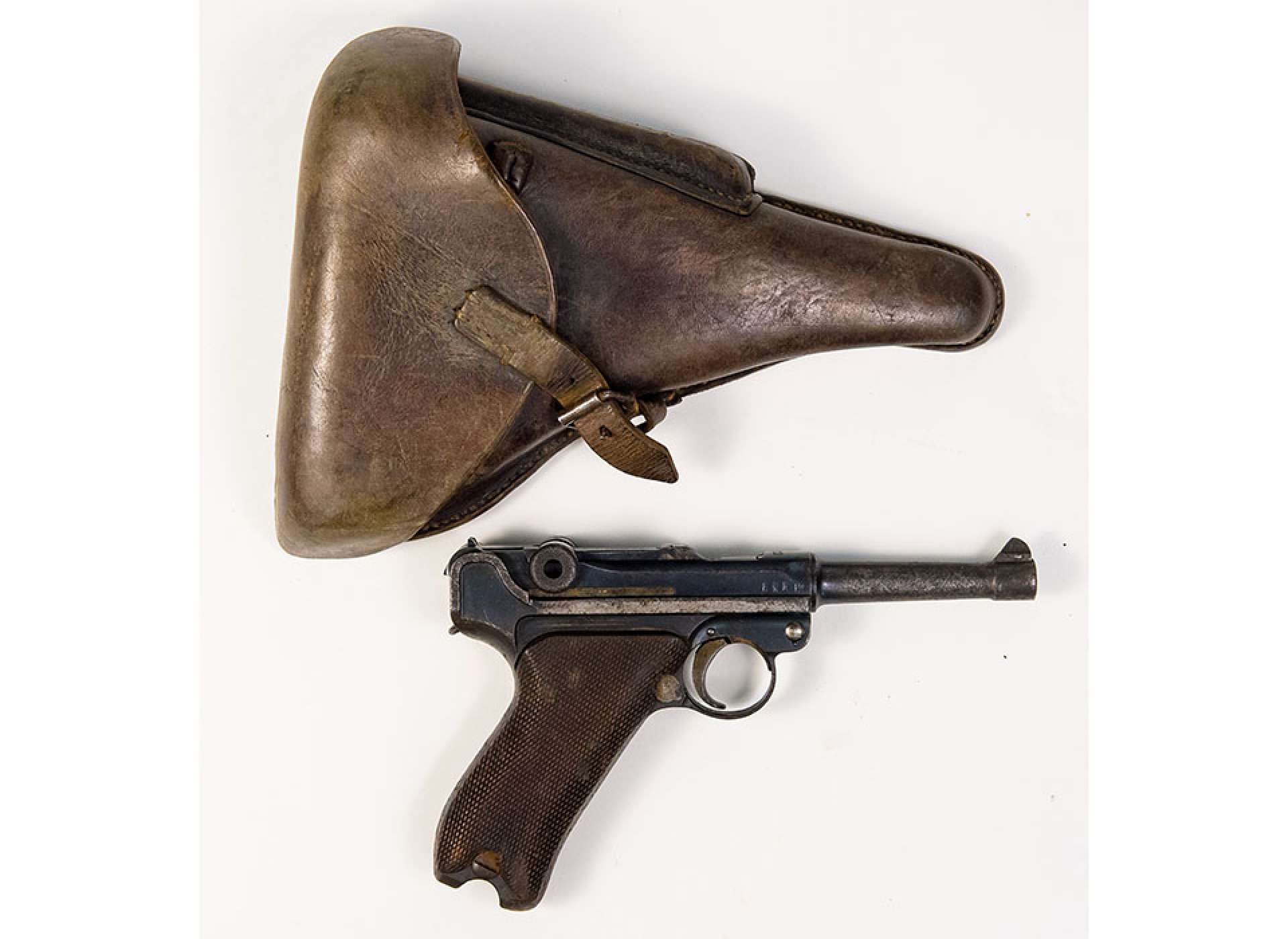
P08 Luger captured by Wallace Strobel.,Gift in Memory of Wallace C. Strobel, 2016.189.003
I believe another clue that points in this direction is the fact that pistols are fairly small, and easy to haul around in a pack. A frontline soldier living out of his Musette Bag isn’t likely going to try and stuff a captured German paratrooper helmet into it. It's just too big and takes up too much space. Also, Normandy was the 101st Airborne Division’s combat debut, and a shiny war trophy was a big deal to the rookie paratroops.
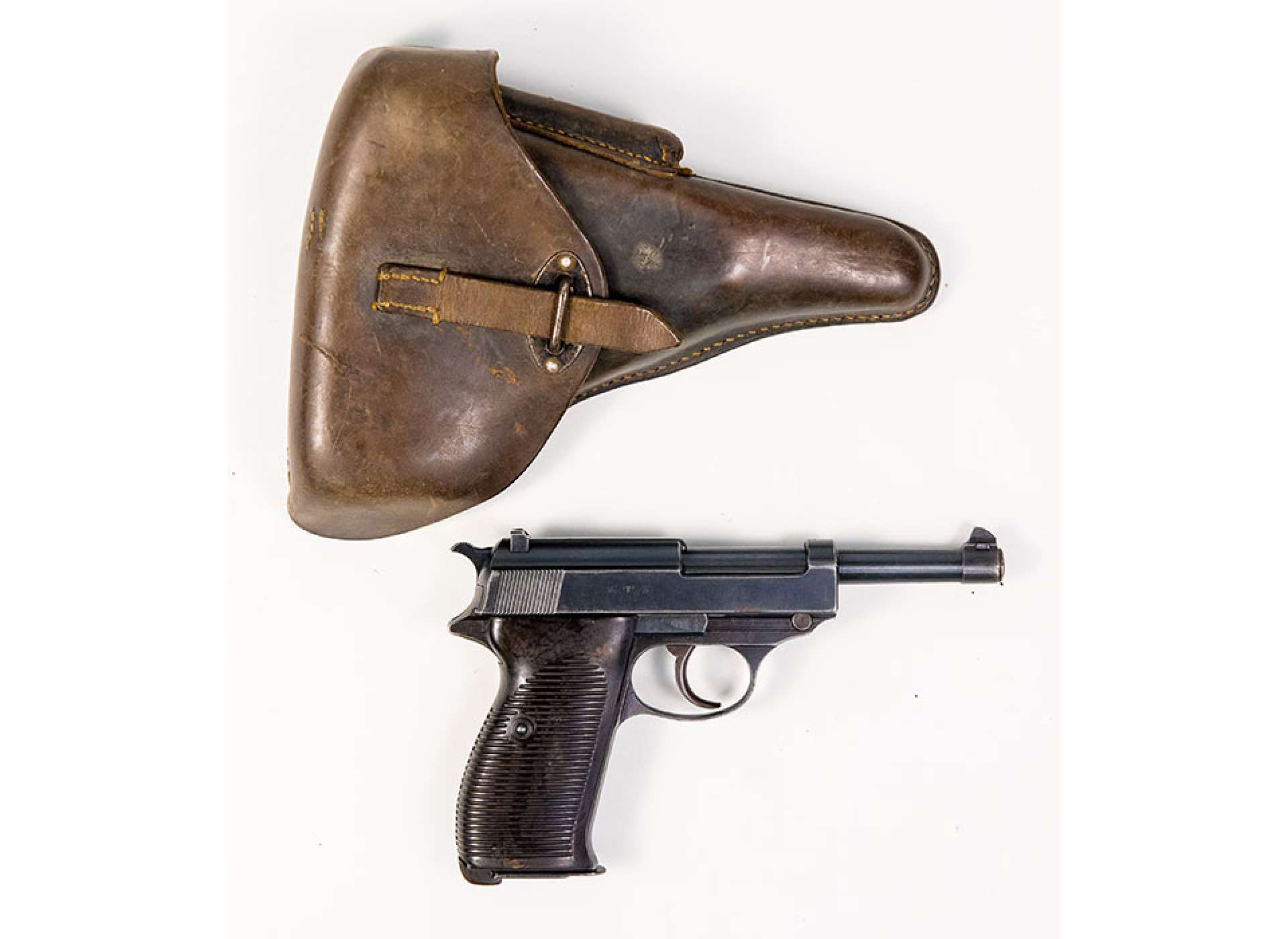
Walther P38 captured by Wallace Strobel.,Gift in Memory of Wallace C. Strobel, 2016.189.004
Another documented meeting of the 502nd PIR and German Paratroopers occurred in Holland during Operation Market Garden in September 1944.Then the Screaming Eagles met their German counterparts in battle again in December 1944 during the siege of Bastogne. There, the 101st Airborne Division clashed with elements of the 5th Fallschirmjäger Division that was attached to 5th Panzer Army.
Sure, Strobel could have certainly picked up these pieces anywhere, and he could’ve taken them off of any run-of-the-mill German soldier. But when you consider Strobel’s proximity, and the GI sentiment that Fallschirmjägers were Hitler’s toughest soldiers, it isn’t too preposterous to imagine the most likely scenario.I think the most plausible location where Strobel may have acquired them is Carentan, considering the length of engagement, eagerness to snag a souvenir, and the fact that the 101st captured the town. Unfortunately, I guess no one will ever know for sure. But these are probably only questions that keep curators up at night, anyway.
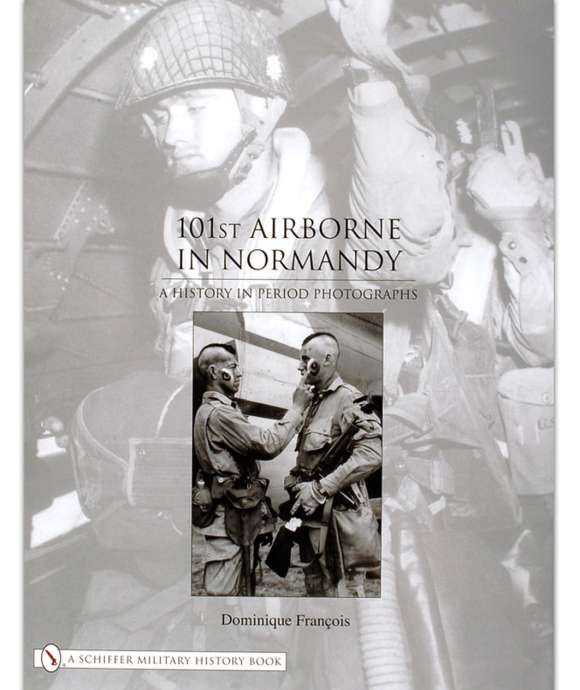
101st Airborne in Normandy: A history in period photographs
This new large-format book contains over 300 photographs and a selection of full-color photographs of WWII era airborne uniforms and equipment. All Museum Store purchases support the Museum's education mission.
Larry Decuers
Larry Decuers is a former Curator at The National WWII Museum and veteran of the US Army's 101st Airborne Division.
Cite this article:
MLA Citation:
APA Citation:
Chicago Style Citation:
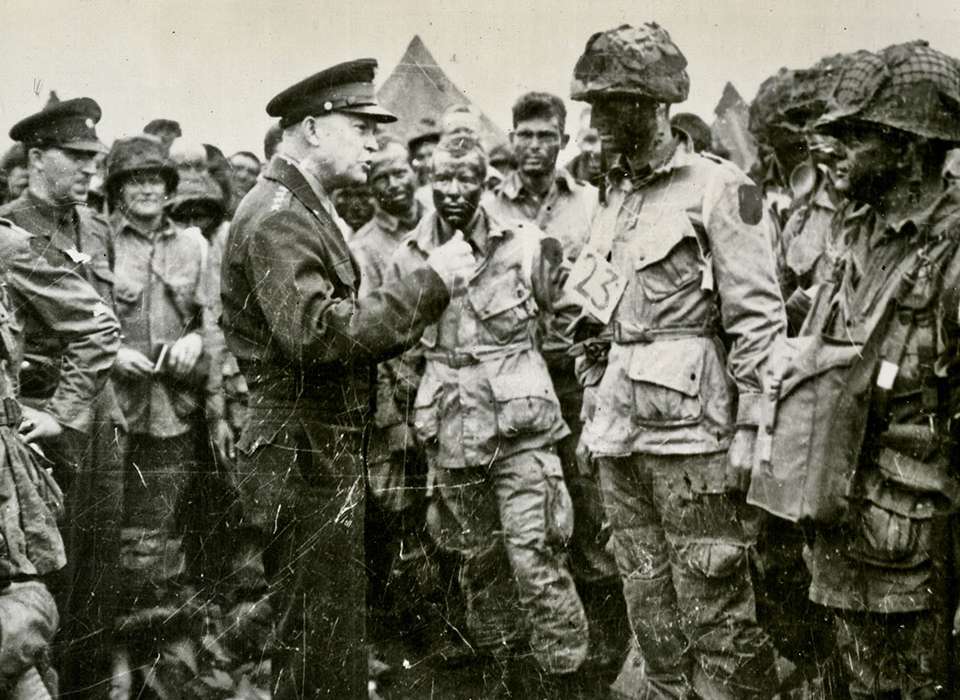
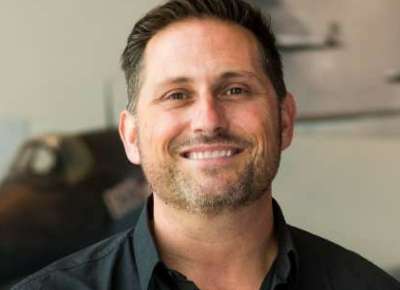
![Max Fuchs, New York City cantor, sings as Rabbi Sydney [sic] Lefkowitz, Richmond, VA, conducts the first Jewish services from Germany.](/sites/default/files/styles/max_650x650/public/2025-10/image1.jpg)






